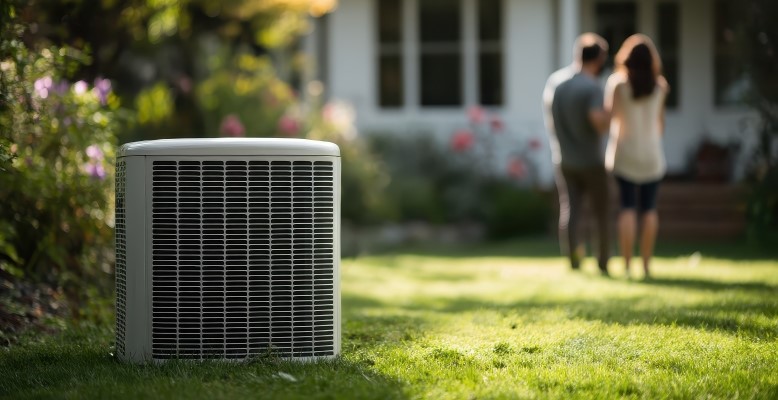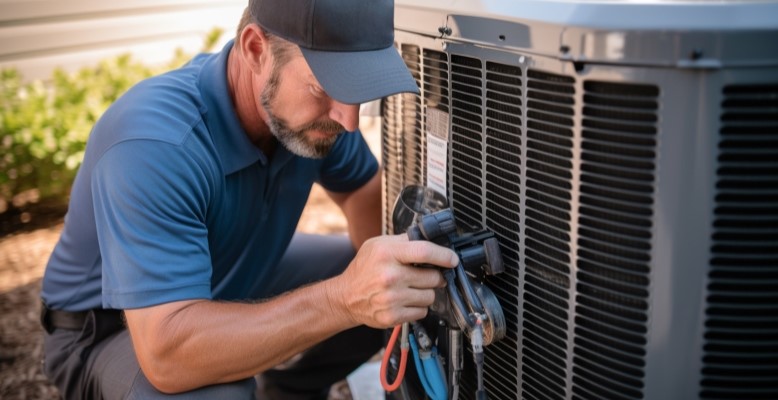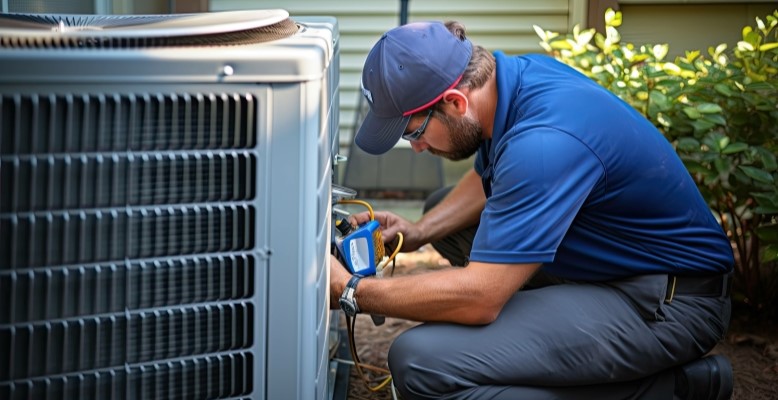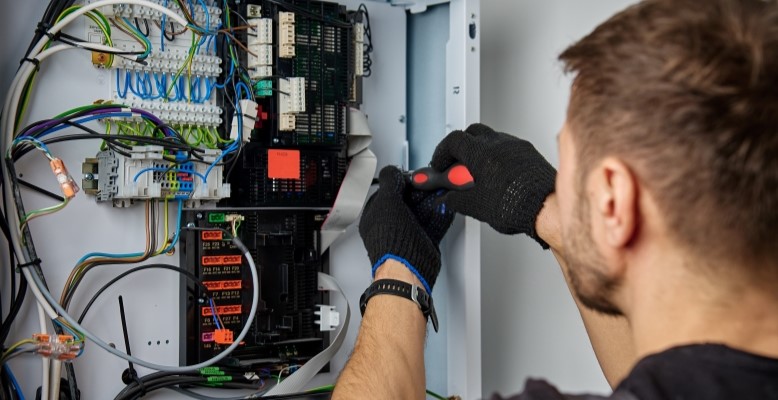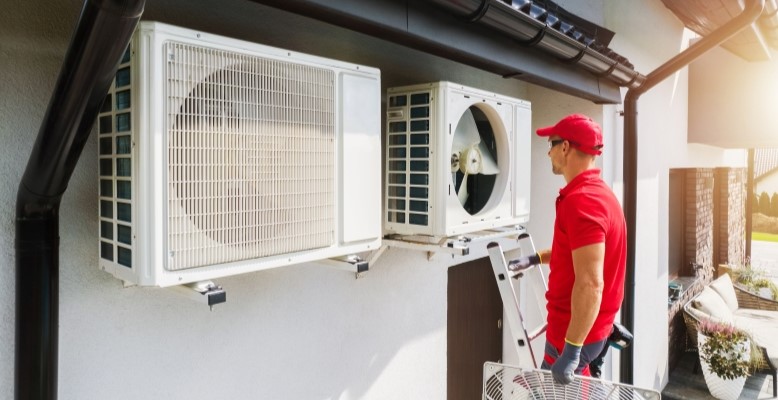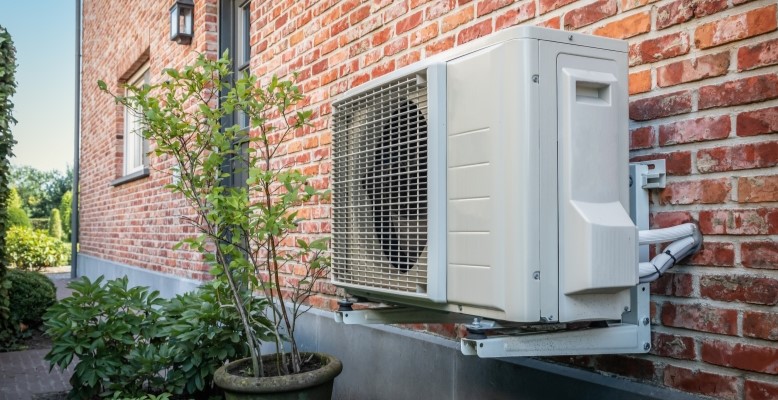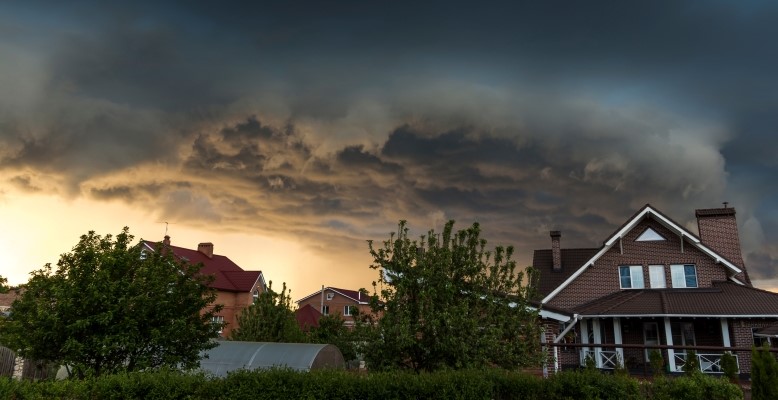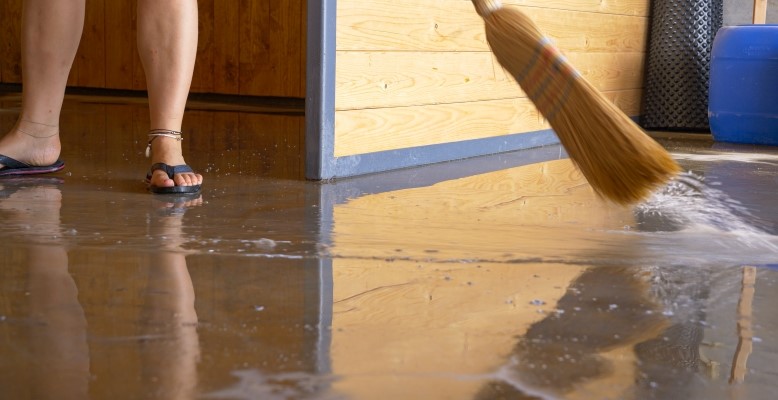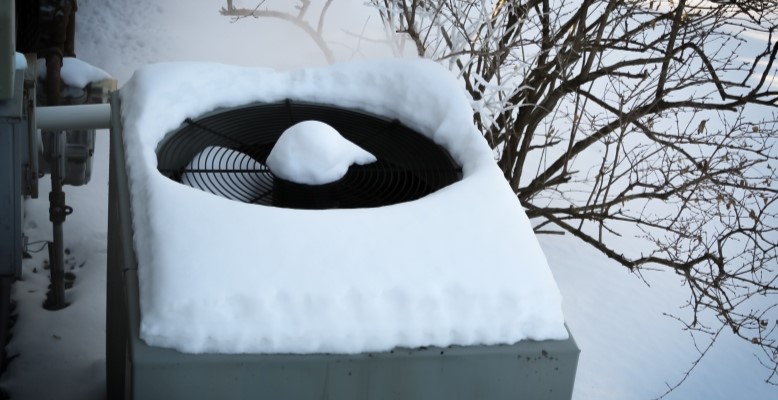Published on July 16, 2025 by: alhhvac
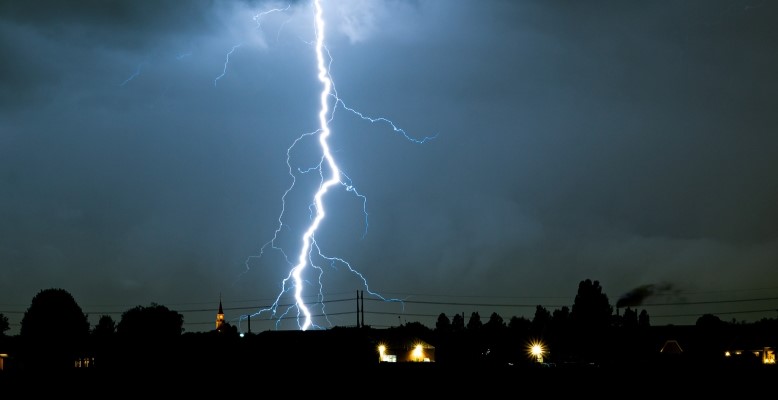
Mitigate Damage to Your HVAC Systems During Intense Thunderstorms
Thunderstorms bring heavy rains, high winds, and lightning strikes — all of which can pose massive risks to residential and commercial properties. According to the National Weather Service, there are as many as 40,000 thunderstorm occurrences each day world-wide, meaning there are almost 15 million of these dangerous weather events a year. From power surges to flood damage, thunderstorms can damage disparate parts of your property — including HVAC systems.
Protecting your air conditioner during severe storms can help prevent costly repairs and ensure long-term system functionality. A proactive approach to HVAC storm preparedness can save homeowners from expensive replacements and extensive downtime without interior comfort. Read on to get the definitive answer to whether or not you should keep your air conditioner on during thunderstorms, alongside the specific risks thunderstorms pose to HVAC units and tips to protect your unit from these threats.
Should You Turn Off Your Air Conditioner During Thunderstorms? Is it Safe to Run?
Yes, you should turn off your air conditioner during thunderstorms. While it may be tempting to keep your system running for comfort, doing so can put your system — and entire home — at significant risk. Electrical surges from lightning strikes can damage vital HVAC components, leading to expensive repairs or system failure.
Beyond the unit itself, thunderstorms bring with them the potential for full-home power fluctuations. If your home experiences repeated short outages or voltage spikes, your HVAC system may struggle to regulate operation properly, leading to premature wear and potential damage. Turning off your system until the storm passes is a simple yet effective way to protect its longevity.

How Can Thunderstorms Damage HVAC Units?
Thunderstorms can affect HVAC systems in multiple ways, from immediate structural damage to long-term operational issues. Here are just a few of the most potent sources of damage.
Wind Damage & Debris
Strong winds during thunderstorms can propel both debris and outdoor units — both of which can be catastrophic to the operation of your HVAC system. Debris inducing tree branches and loose roofing materials can ram outdoor HVAC units, damaging fan blades, coils, and condenser housing. In extreme cases, units may even be displaced or overturned by debris, leading to more extensive issues. Even seemingly minor dents can lead to major airflow restrictions and inefficiencies over time.
Storms can also dislodge insulation or cause a unit’s protective casing to loosen, in turn exposing sensitive internal components to moisture and dirt. Regular post-storm inspections can help catch these issues before they escalate.
Water Damage & Mold
Heavy rainfall during thunderstorms can flood outdoor units, leading to electrical shorts and internal water damage. Excess moisture inside HVAC components also creates the perfect conditions for mold growth, reducing system efficiency and compromising indoor air quality. Prolonged exposure to moisture can lead to rust formation on key components, causing long-term degradation.
Additionally, if ductwork is compromised by moisture, it can spread mold spores throughout your home, negatively impacting indoor air quality and leading to health issues such as allergies, asthma, and respiratory discomfort. Ensuring proper drainage and post-storm dehumidification can mitigate these risks.
Lightning Strikes & Surges
Lightning strikes near your property can send power surges through electrical lines, damaging your HVAC system’s compressor, circuit board, and wiring. Even with surge protectors in place, direct strikes can overload protective measures, requiring extensive repairs or complete unit replacement.
Beyond direct damage, power grid issues related to thunderstorms can cause significant voltage irregularities, especially to homeowners; the United States Census Bureau found homeowners disproportionately more prone to power outages than renters. We recommend investing in whole-home surge protection to safeguard not just your HVAC system, but all electronic appliances in your home.

Tips to Protect Heating, Ventilation, and Air Conditioning Units During Thunderstorms
Despite so many potential risks, taking preventative steps before and during thunderstorms can minimize damage to your HVAC system. Here are a few of the steps our experts recommend to mitigate damage.
Shut Down Your Systems
Turning off your HVAC unit before a thunderstorm strikes is the safest way to prevent damage from power surges and electrical faults. If severe weather is forecasted, power down your system and unplug it if possible. This step is especially crucial for older HVAC models that may lack built-in surge protection.
Install Storm Covers
Protective storm covers help shield outdoor units from debris and excessive rainfall while still allowing proper airflow. Be sure to choose covers designed specifically for HVAC systems to prevent trapping moisture inside. If you live in a region prone to frequent storms, consider investing in a more permanent solution such as custom storm-resistant casing.
Secure Outdoor Units
Fastening your outdoor unit to a concrete base or using hurricane straps can help prevent unit movement during high winds. Regularly inspect mounting hardware to ensure the unit remains secure in extreme weather conditions. For extra security, placing a protective fence or barrier around the unit can help shield it from flying debris.
Protect Indoor Components
If your HVAC system includes an indoor air handler or furnace, ensure these components are in a dry, elevated area to prevent flood-related damage. Installing a whole-house surge protector can also add an extra layer of defense against electrical surges. Additionally, sealing any gaps in windows and doors near indoor HVAC components can help prevent excess moisture from seeping inside during a storm.
Repair HVAC Damage From Thunderstorms With Andy Lewis / Hobson
Even with careful preparation, thunderstorms can still cause significant HVAC damage. If you notice unusual noises, inconsistent cooling, or electrical issues after a thunderstorm, don’t wait for minor problems to turn into major system failures. Contact a team equipped to handle post-storm inspections, emergency repairs, and full system replacements to restore your home’s comfort and efficiency.
For comprehensive post-storm repairs and maintenance, look no further than Andy Lewis / Hobson. Our expert technicians can assess damage, perform necessary repairs, and ensure your unit is safe and operational. Contact us today to safeguard your home’s heating and cooling systems from severe weather threats.

